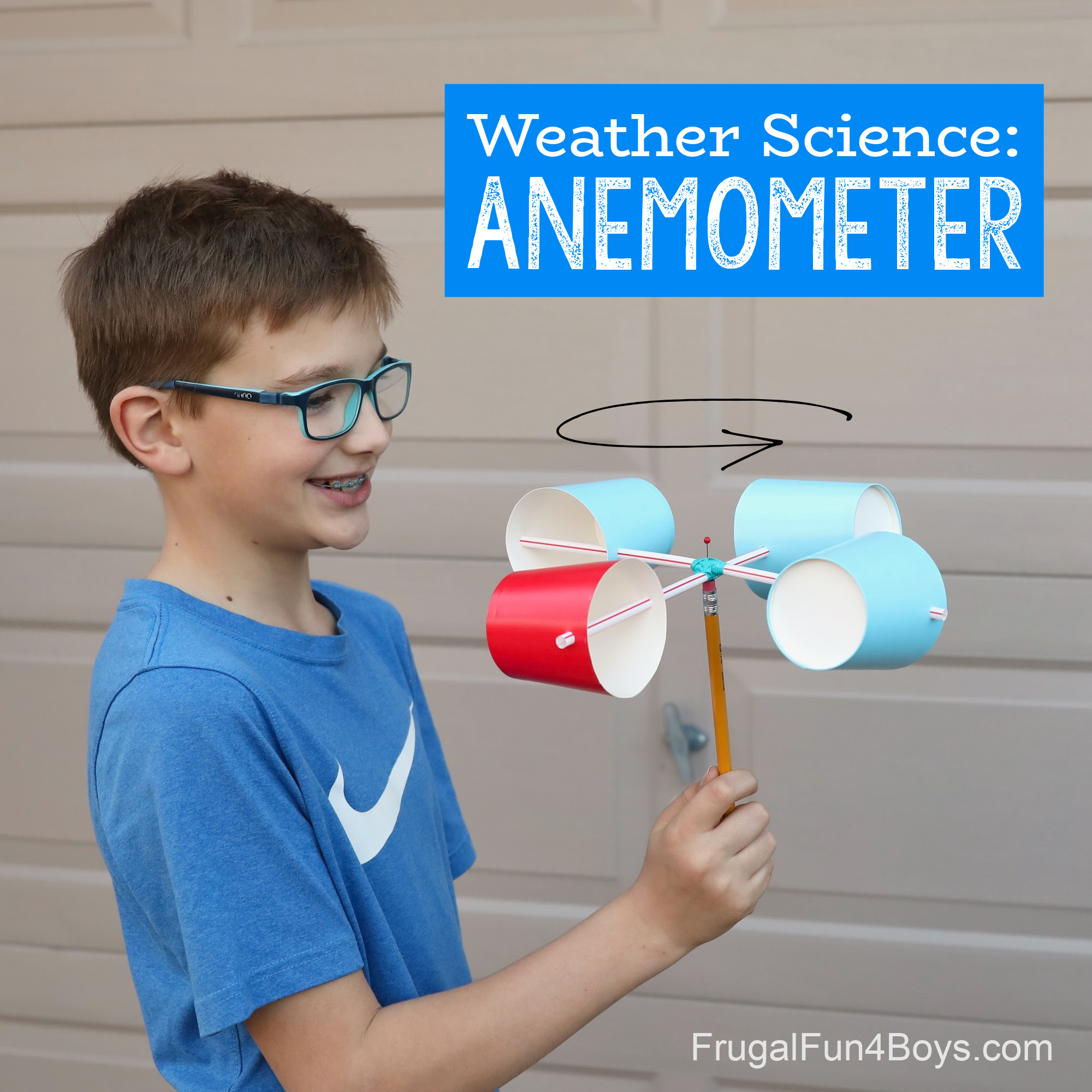Why an Anemometer is Crucial for Your Environmental Data Collection
Why an Anemometer is Crucial for Your Environmental Data Collection
Blog Article
All You Required to Learn About Anemometers: How They Function, Why They Issue, and Where to Utilize Them
Anemometers, however often overlooked in the realm of clinical instruments, play a vital duty in different fields, using beneficial understandings right into wind speed and airflow patterns. Recognizing the mechanics behind these gadgets is important for anybody looking for to harness the power of this data. From meteorologists tracking weather patterns to engineers developing frameworks with wind lots in mind, the applications of anemometers are diverse and far-ranging. As we dig right into the ins and outs of anemometer modern technology, we will discover the inner workings of these gadgets, their value, and the vital considerations when choosing the best anemometer for particular applications.

Anemometer Basics
A vital instrument used to determine wind rate and instructions, the anemometer plays a vital role in meteorology and various industries. An anemometer commonly consists of three or four mugs that rotate in the wind, a vane that aims into the wind, and sensors to track the movements or rotations.
There are numerous types of anemometers available, consisting of cup anemometers, vane anemometers, hot-wire anemometers, and sonic anemometers, each with its one-of-a-kind functions and applications. Mug anemometers are frequently made use of for basic wind rate dimensions, while vane anemometers are liked for directional dimensions.
Principles of Anemometer Operation
Structure on the fundamental understanding of anemometer basics, the concepts of anemometer operation illuminate the mechanics behind wind rate and instructions measurements. Cup anemometers, for circumstances, have 3 or more mugs that capture the wind, causing them to rotate much faster as the wind rate rises. Hot-wire anemometers depend on a warmed cable that cools down as wind passes over it, with the rate of cooling down figuring out the wind speed.
Value of Anemometers
Anemometers play a crucial function in gauging wind speed and direction, providing essential data for climate forecasting, environment studies, ecological surveillance, and air travel operations. Meteorologists depend on anemometers to gather accurate wind data, assisting them understand weather condition patterns, forecast tornados, and problem timely warnings to the public. Wind farm drivers utilize anemometers to examine wind problems and optimize electrical power production from wind turbines.
Applications Throughout Different Industries
Applications of anemometers span across diverse industries, showcasing their versatility and energy beyond meteorology. In the sustainable energy field, anemometers play a critical duty in evaluating wind problems for wind ranch positionings, making sure optimal power manufacturing. Industries like construction and mining utilize anemometers to keep an eye on wind rates, essential for safety and security protocols, especially when operating at heights or in open-pit mines where solid winds can position find out dangers. Anemometers are likewise essential in the aeronautics industry, aiding pilots in recognizing airspeed and wind instructions for risk-free take-offs and landings. The maritime field take advantage of anemometers for ship navigation, helping seafarers expect weather condition changes and readjust paths as necessary. In agriculture, anemometers assist farmers in handling crop splashing by providing real-time information on wind rate to avoid drift. Anemometers locate applications in A/c systems to enhance airflow and enhance power efficiency in structures. The diverse usage instances of anemometers highlight their importance throughout numerous industries, highlighting their vital duty in enhancing operational safety and efficiency (anemometer).

Selecting the Right Anemometer for Your Requirements
For general purposes, a mug anemometer is ideal for gauging wind rate, while a vane anemometer offers wind direction information. Hot-wire anemometers are optimal for low airspeed dimensions, and ultrasonic anemometers provide high accuracy and resilience.

Final Thought
To conclude, anemometers play an important function in determining wind speed and direction across various industries. Understanding the concepts of anemometer operation is important for selecting the appropriate tool for certain demands. From meteorology to aviation, anemometers are essential tools for collecting exact information and making sure security in various applications. When selecting the most suitable tool for measuring wind conditions., it is essential to think about the value of anemometers in order to make informed decisions.
There are different kinds of anemometers offered, including mug anemometers, vane anemometers, hot-wire anemometers, and sonic anemometers, each with its one-of-a-kind features and applications. Mug anemometers are typically made use of for standard wind speed dimensions, while vane anemometers are liked for directional measurements. anchor Hot-wire anemometers are ideal for reduced airspeeds, and sonic anemometers are suitable for high-precision measurements in study and industrial setups.Building on the foundational understanding of anemometer essentials, the concepts of anemometer procedure illuminate the auto mechanics behind wind rate and instructions dimensions. For general functions, a mug anemometer is suitable for determining wind rate, while a vane anemometer supplies wind direction data.
Report this page